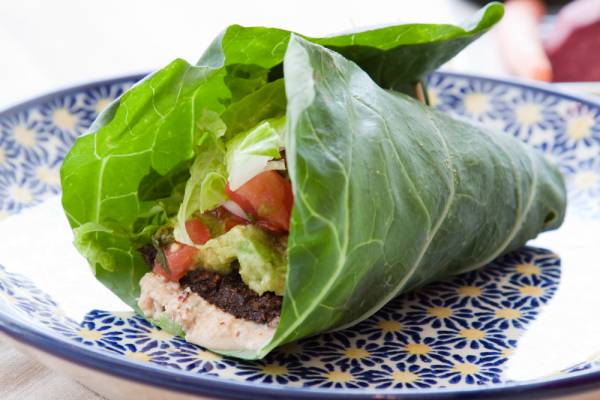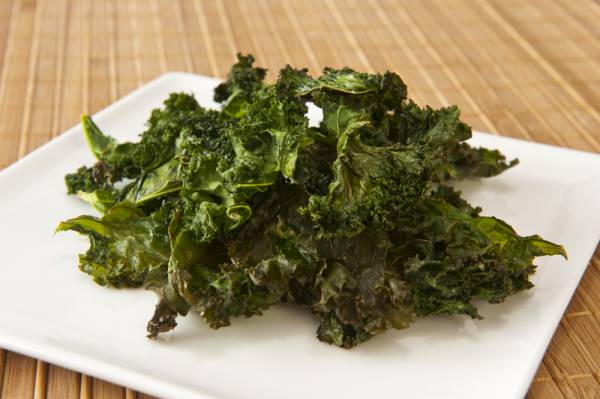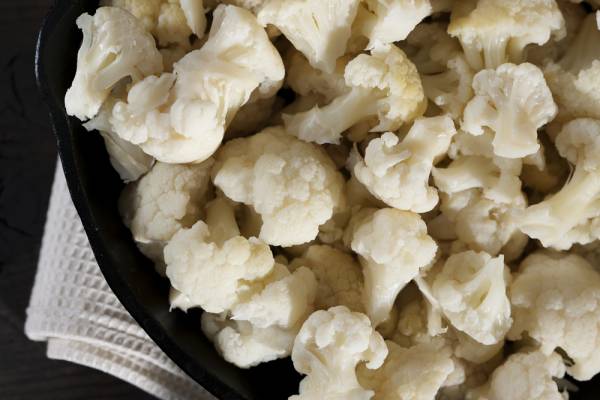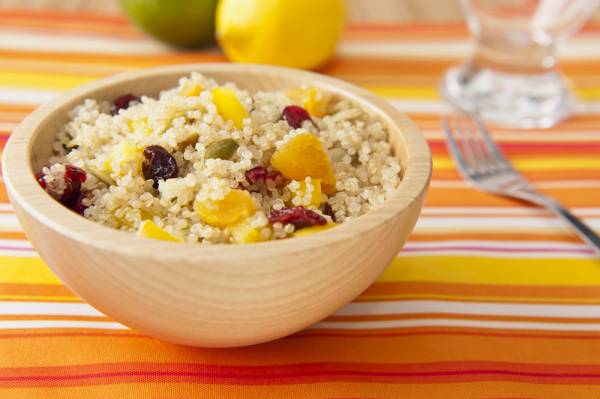Though still in its relative infancy, the paleo diet has been utilized by a ton of people from all walks of life. Unfortunately, despite the built-in simplicity and effectiveness, it can sometimes be challenging to find foods and meals that fit neatly within the paleo framework.
Here are some paleo “meal hacks” to help you out.
Though still in its relative infancy, the paleo diet has been utilized by a ton of people from all walks of life. Unfortunately, despite the built-in simplicity and effectiveness, it can sometimes be challenging to find foods and meals that fit neatly within the paleo framework.
Here are some paleo “meal hacks” to help you out.
1. Fajitas → Fajita Salad
One of my favorite meals, fajitas generally include some type of grilled meat (beef, chicken, shrimp, etc.), sautéed peppers and onions, and a hefty dose of Mexican spices served on flour or corn tortillas. Delicious!
Now, depending on your own particular stance in the paleo-sphere, the tortillas could be a deal-breaker (especially if you don’t get down with corn). However, never fear. You can easily put a paleo spin on these by replacing the tortillas with spinach to make a fajita salad.
The benefit: Not only does this cut out the grains, the gluten, and, for better or worse, a chunk of the carbohydrates, but spinach brings a healthy return on investment by supplying folate, vitamin K, potassium, and vitamin C (nutrients that, unfortunately, many of us may not be getting enough of).
How to prepare: Get the fajitas going in usual fashion with sautéed veggies, spices aplenty, and your meat of choice. Place all ingredients atop a generous plateful of spinach, and then add salsa and any additional toppings you desire. As a side note, if you’re not a strict paleo, you can always add black refried beans and some Greek yogurt to accompany the salsa. It’s amazing.
2. Burrito → Veggie Wrap
For all manner of foods packing a combined protein/carb/fat punch, look no further than the all-hallowed burrito. Extremely versatile and satisfying, the burrito is hard to beat.

However, in order to bring in this into the paleo world, we have to remove the tortilla (and the beans if you abstain from legumes). However, with some slight modifications we can take this up a notch by transforming our burrito into a wrap with either Swiss chard or collard greens.
The benefit: From a nutritional point of view, both Swiss chard and collard greenspack a punch. Like spinach, they supply vitamins A, C, and K, plus folate, iron, potassium, and fiber. In addition, both Swiss chard and collard greens have large, semi-rigid leaves. Not only do they serve as durable substitutes for a piece of bread or tortilla, but help add a satisfying crispness and crunch to any meal.
How to prepare: Wash and pat dry a couple leaves and lay them out flat. Fill with your preference of meat or meat-substitute (my favorites are tuna fish or chicken), along with any vegetables, toppings, sauces or other spreads, and simply fold up burrito-style and enjoy. Easy enough, right? As a side note, I tend to leave the stems intact, and just tuck them in as I’m wrapping the entire thing together. This adds a nice, overall crunch to the bite.
3. Potato Chips → Kale Chips
Oh potato chips, how I love thee. Salty, crunchy, and delicious though they may be, they tend to add little else in terms of nutritional awesomeness. Enter the kale chip. Salty? Check. Crunchy? Check. Delicious? Check. And nutritious? Heck yeah, baby!

The benefit: Brining it home in similar fashion to spinach, Swiss chard, and collard greens, kale excels in the department of nutrient density by delivering the usual suspects, vitamins A, C, and K, and a boatload of anti-inflammatory flavonoids.
How to prepare: These are a super-cinch to make. All you need is extra virgin olive oil, salt, and an oven. Check it out here.
4. “Mashed” Cauliflower → Sautéed Cauliflower
You’ve heard of substituting mashed or pureed cauliflower for mashed potatoes, right? Don’t get me wrong, I really have nothing against potatoes, but if I’m going to have cauliflower I usually prefer it sautéed.

The benefit: Unless you’ve spent some time developing a taste for cauliflower, the benefits of this awesome cruciferous vegetable may be unknown to you. Similar to its cousin, broccoli, cauliflower is a great source of vitamin C (seeing a trend here, yet?) as well as cancer-fighting antioxidants. It’s also one of the best foods for supporting your body’s detoxification systems. As an added bonus, sautéing cauliflower preserves more nutrients than does boiling. However, let me offer a word of caution. Cruciferous veggies are known to cause some unruly gas if you’re not used to eating them. So, a word to the wise, start small and work your way up.
How to prepare: Chop up the cauliflower into individual or half-sized florets. Sauté on high heat with oil of your choice, onions, and garlic. As the pan begins to sizzle, add in the juice from a half of a lime. Sauté for 5 minutes, sprinkling in salt and pepper to taste, and after a couple minutes add the juice from the remaining half of lime. After the cauliflower has softened a bit (usually around the 5 minute mark), remove from the heat, place in a mixing bowl, toss with Parmesan cheese (the magic ingredient for this recipe, though I know some of you are abstaining from dairy), additional salt and pepper if needed, and a dash of red chili flakes to give it a kick. Enjoy!
5. Oatmeal → Quinoa
If you’re like me and breakfast is your thing, chances are good that at some point you’ve included a bowl of oatmeal in the mix. If you want to find a suitable alternative that will still give you the texture and mouth feel of oatmeal, try quinoa (pronounced “keen-wah”).

The benefit: Although supplying about twice the number of calories, quinoa is a complete protein, bringing to the table more essential amino acids than oats and is a great source of manganese and the flavonoid quercetin. Quinoa also has a faint, nutty flavor that pairs well with cinnamon and a preferred sweetener to bring your morning to life.
How to prepare: On the stovetop, bring a pot containing one cup of water to a boil. Reduce to a simmer and pour in a ½ cup of uncooked quinoa. Cook for 10-12 minutes, stirring every couple of minutes. Once all the water has been absorbed, remove the pot from the heat and let it rest for approximately five minutes. When ready, scoop the quinoa into a bowl, garnish with any of your favorite toppings, and enjoy!
References:
1. AllRecipes.com: http://allrecipes.com/recipe/baked-kale-chips/
2. PubMed: https://pubmed.ncbi.nlm.nih.gov/18187018/
3. Oregon State LPI: https://lpi.oregonstate.edu/publications/research-newsletter
Photos courtesy of Shutterstock.






